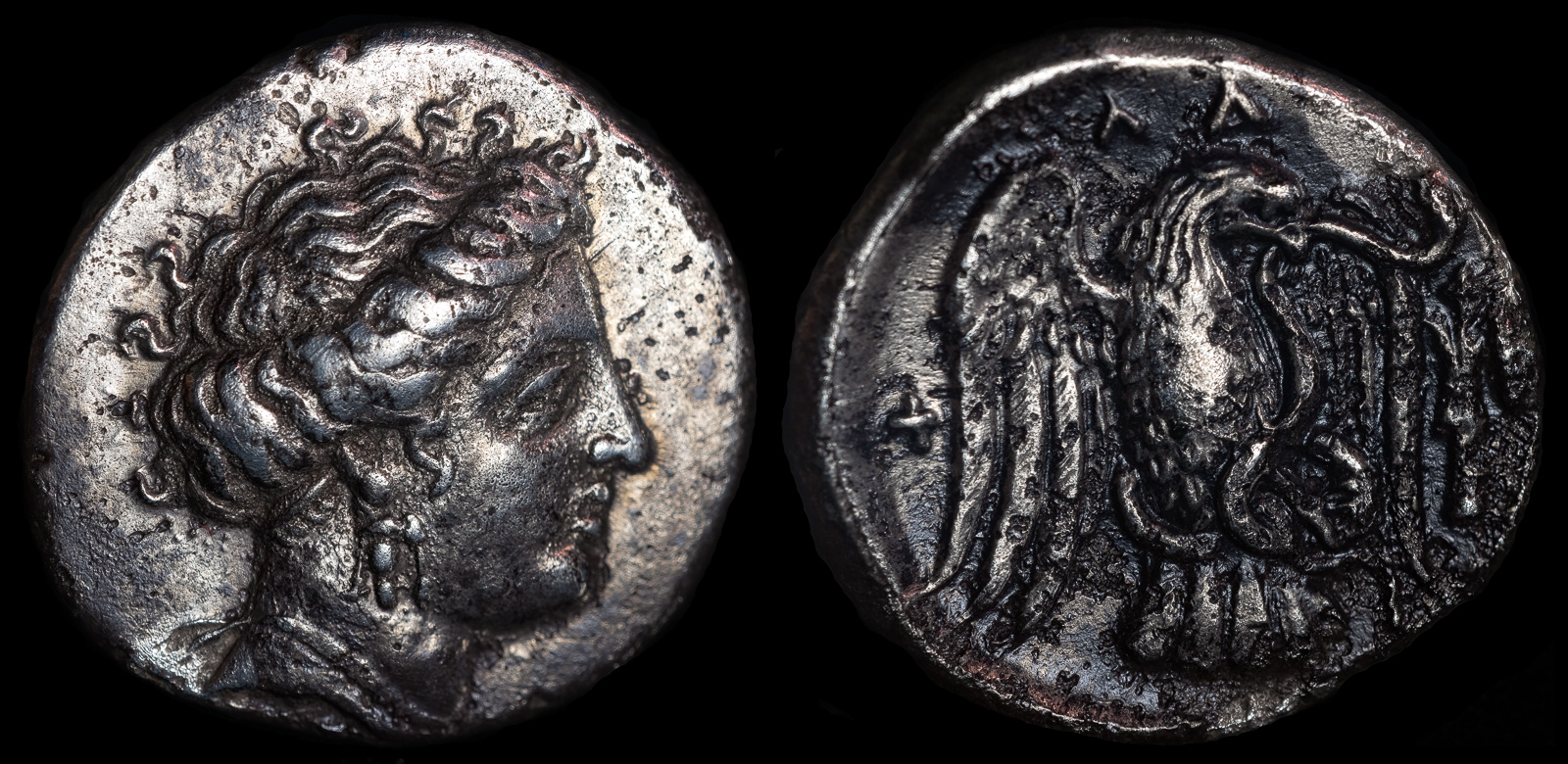Trophy
View All Tags
In Greek tradition, a tropaion was often constructed after a decisive victory and usually consisted of captured weapons, armor, and standards from the defeated army. These items were typically displayed on a tree, or a stone pillar, and were accompanied by an inscription that detailed the victory. The Greeks also incorporated spolia, or spoils of war, which could include enemy armor, shields, and even trophies like helmets and swords. The tropaion was a symbolic offering to the gods, especially to Athena, the goddess of wisdom and warfare, and was meant to celebrate the warriors’ bravery while expressing gratitude for divine intervention. Athletes and military leaders would often be honored with the construction of trophies, emphasizing the connection between military achievement and heroic valor.
In Roman times, the tropaeum followed a similar pattern but became even more elaborate and formalized as Roman military success grew. The Roman practice involved the creation of large, permanent stone structures, often located near the site of the victory. These were typically built in the shape of a tree trunk or a column, decorated with captured arms, helmets, and enemy standards. The use of the tropaeum was particularly prominent in the context of triumphs, the grand celebratory processions awarded to victorious generals. For example, the tropaeum of Augustus was built to commemorate his victory over the Cantabrians in 25 BCE. Roman trophies not only served as markers of military prowess but also acted as expressions of imperial authority. They were often strategically placed near roads, cities, or frontiers to send a message of the empire’s strength and its dominance over conquered lands.
Both Greek and Roman trophies played an important social and political role. They were not just commemorative but were used as tools of propaganda to elevate the status of commanders and emperors, highlighting their success and leadership. Emperors like Trajan and Hadrian would use trophies to affirm their position as the embodiments of Roman military might and imperial power. Statues and sculptures of victorious generals were also often placed at or near the trophies, reinforcing the cult of personality and encouraging loyalty from the people and the army.

Chalkis, Euboia 290-271 BCE
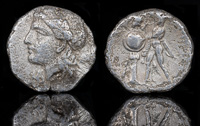
Dyonysios Herakleia Pontika 337-305 BCE
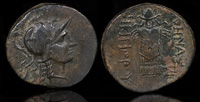
Pergamon 133-27 BCE
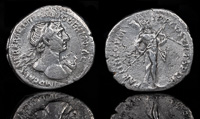
Trajan 98-117 CE
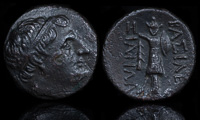
Ziailas 250-230 BCE
